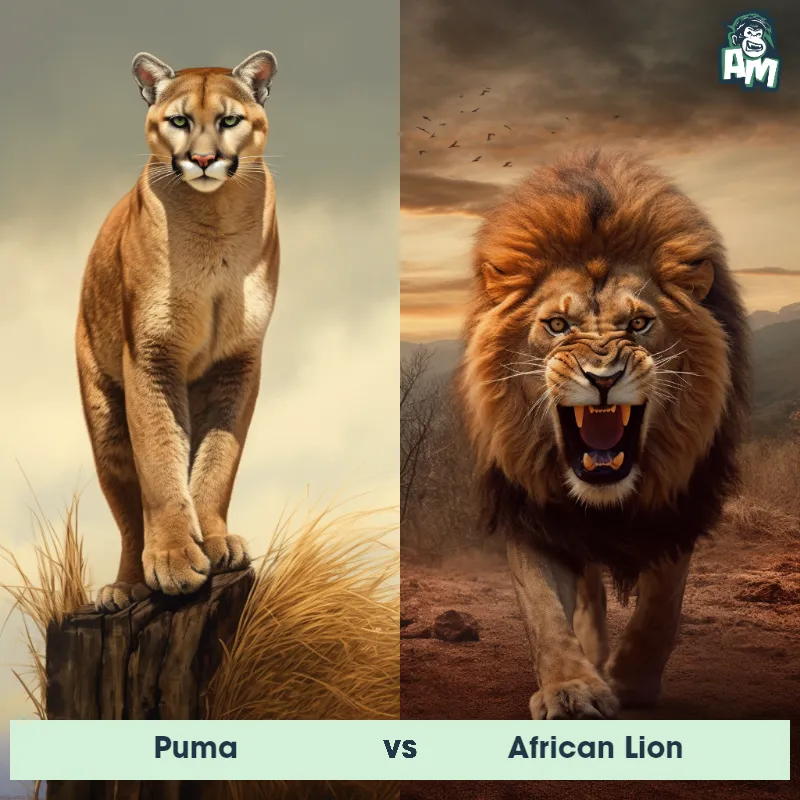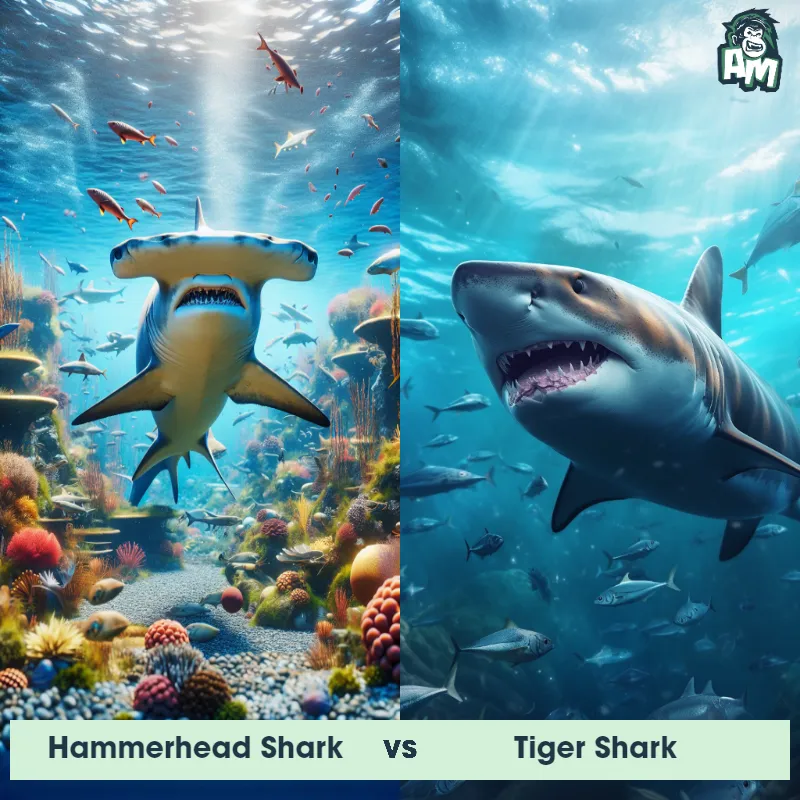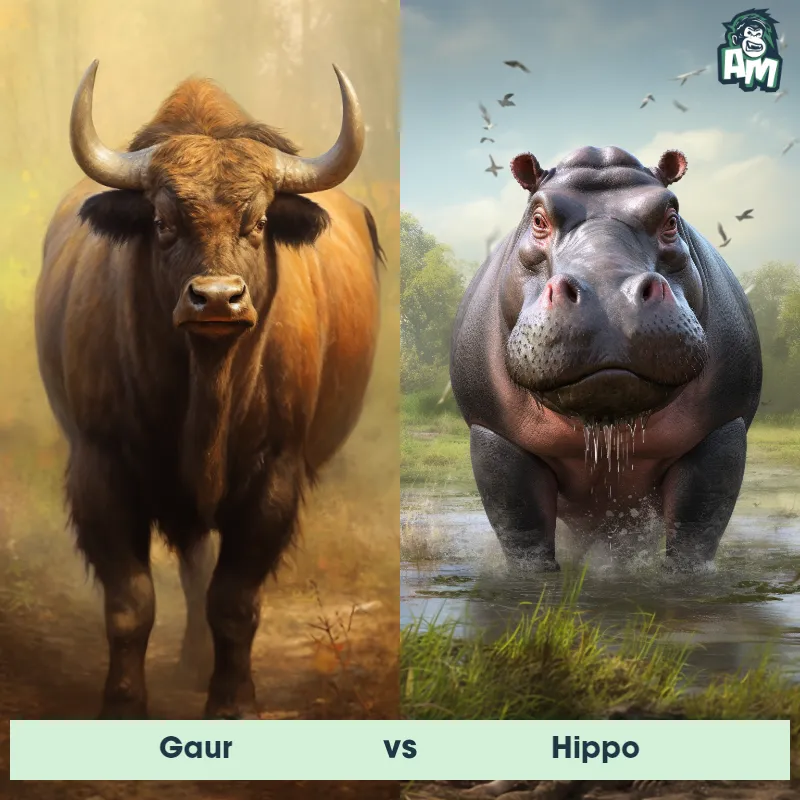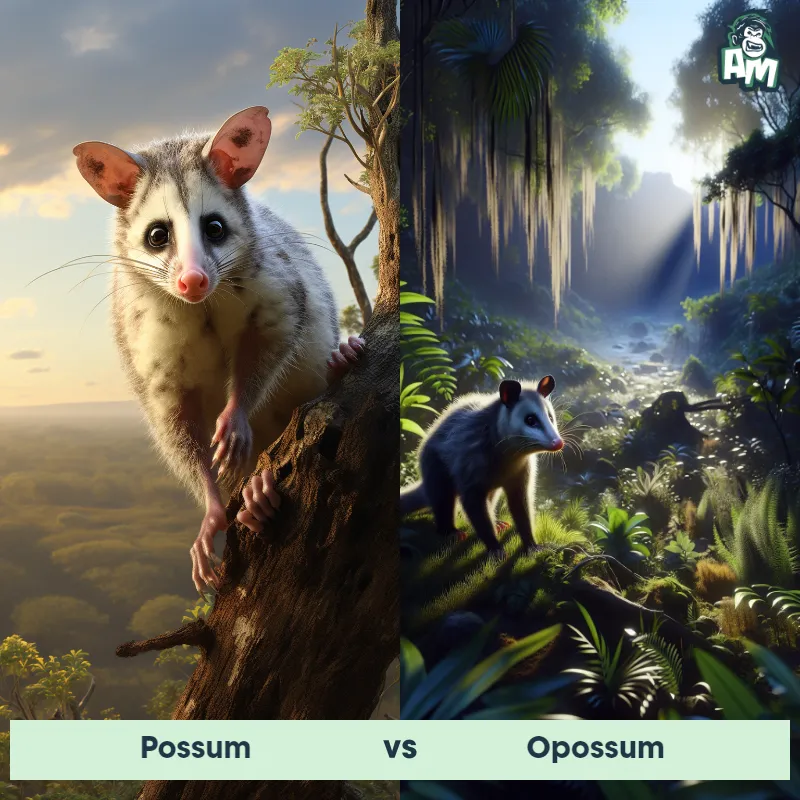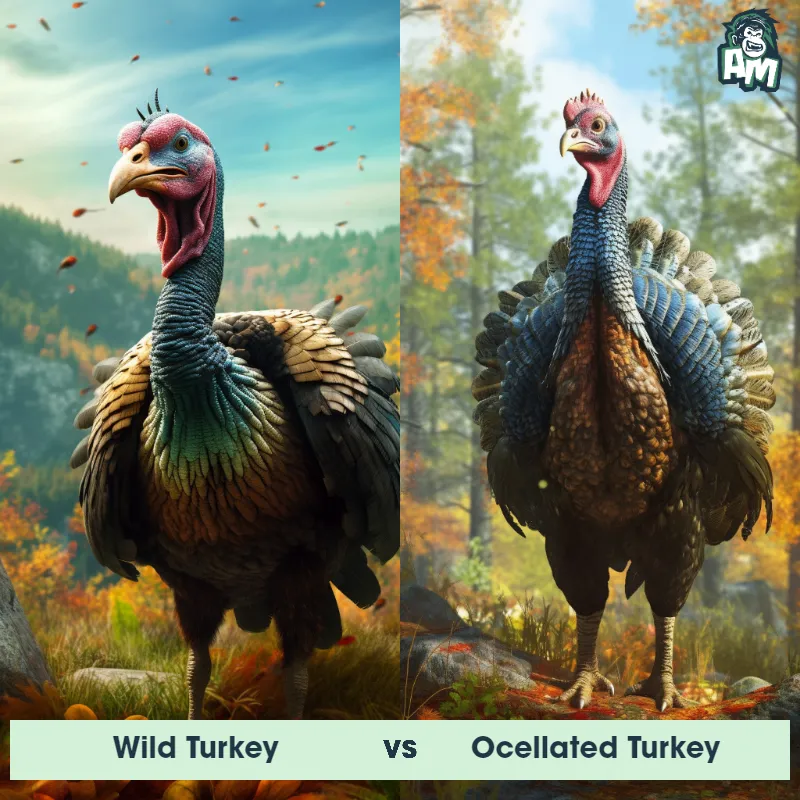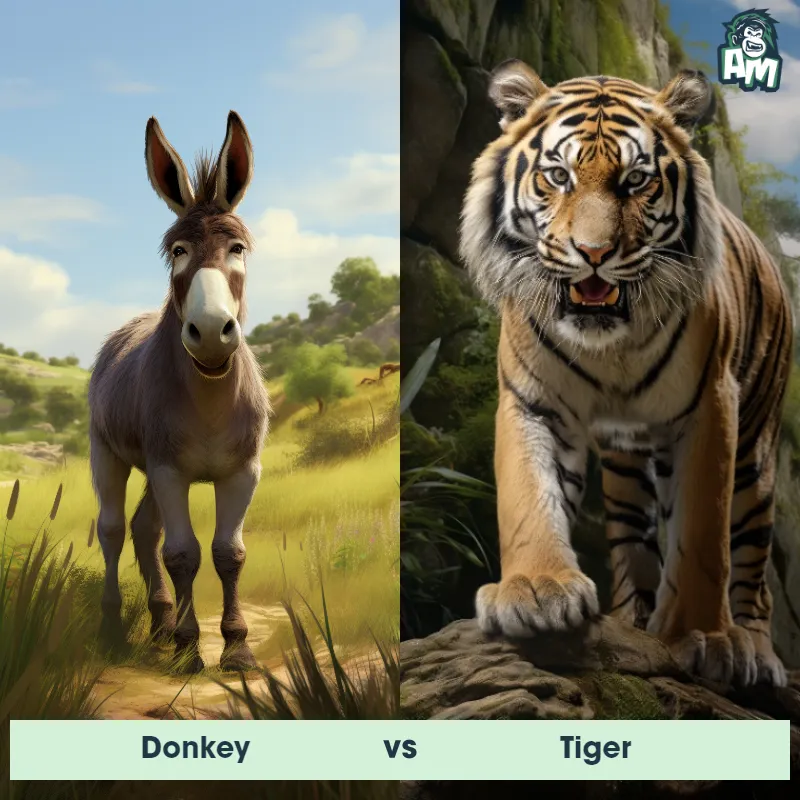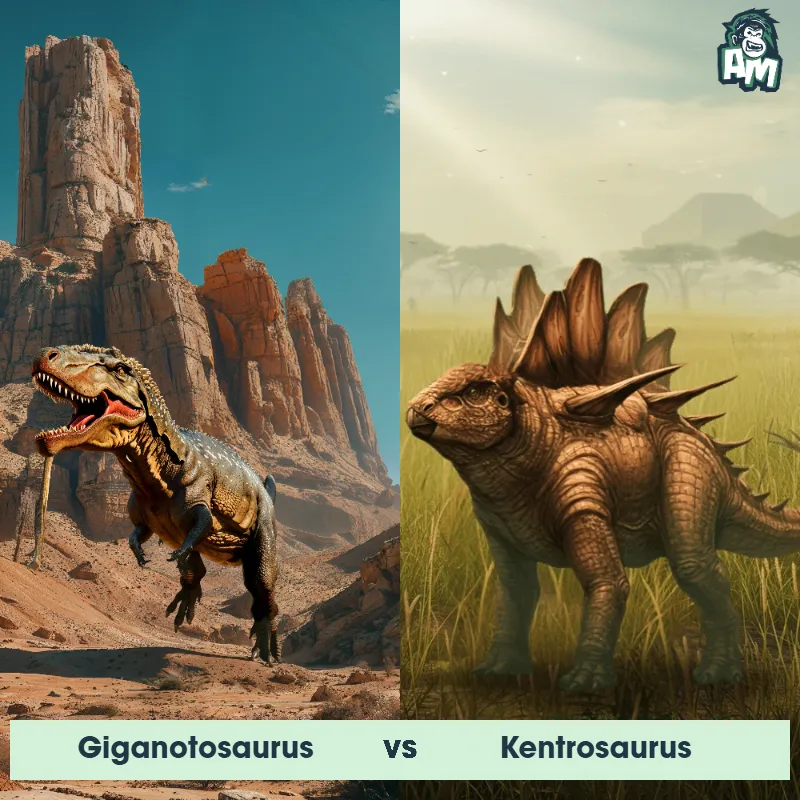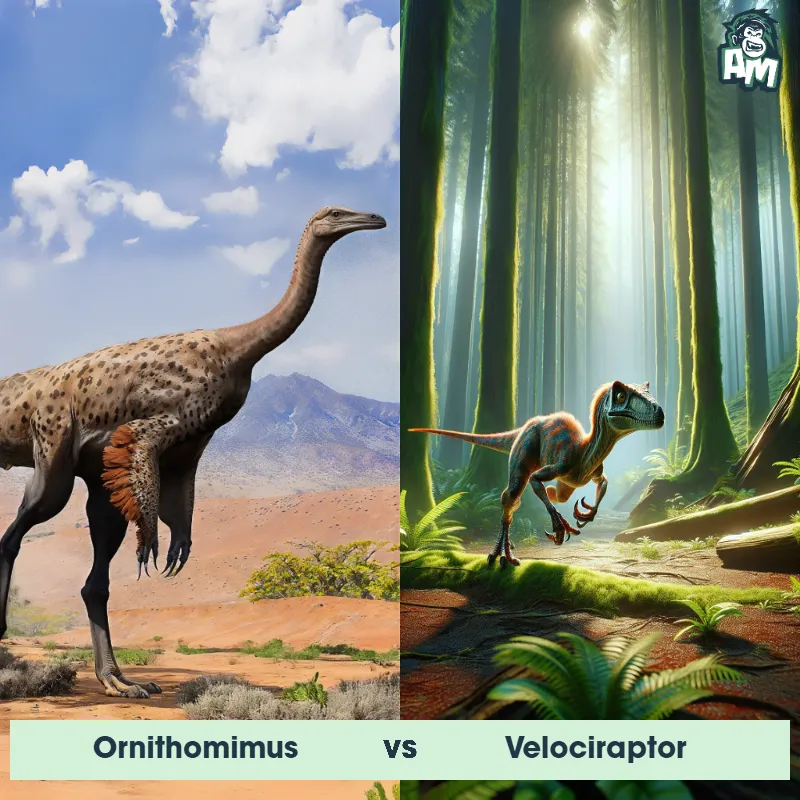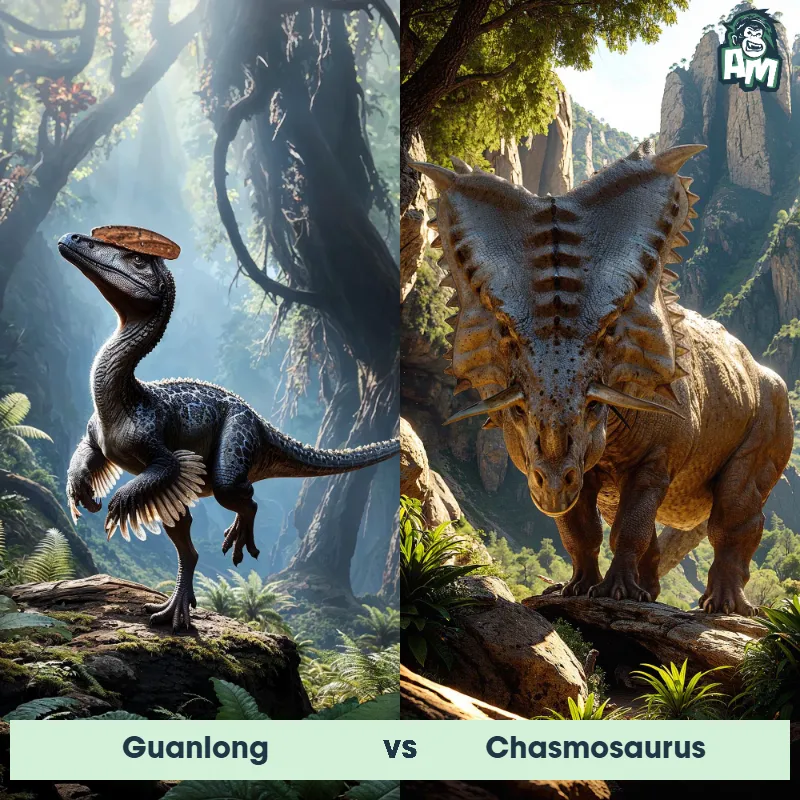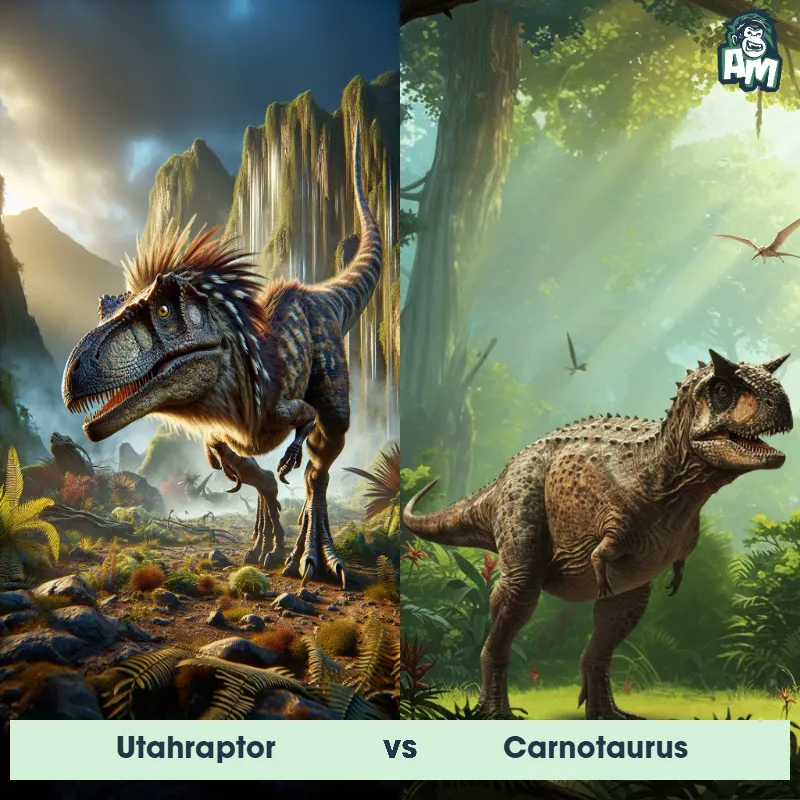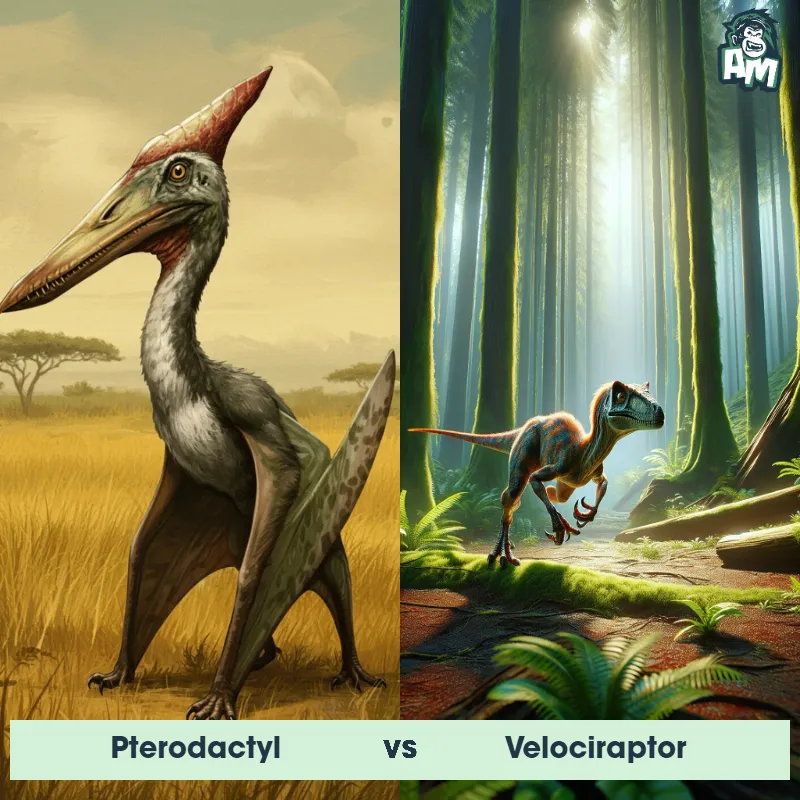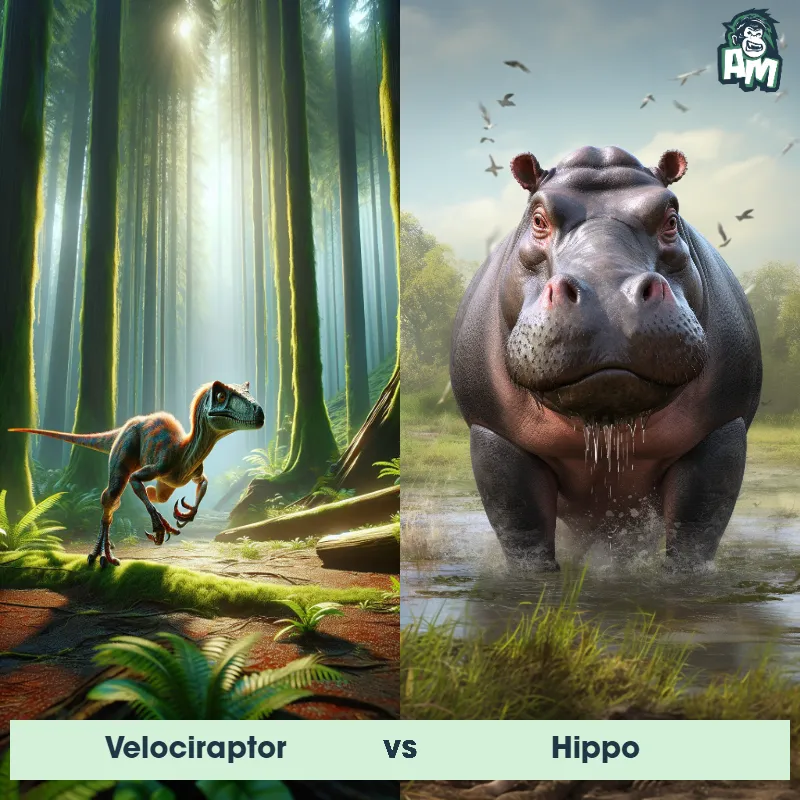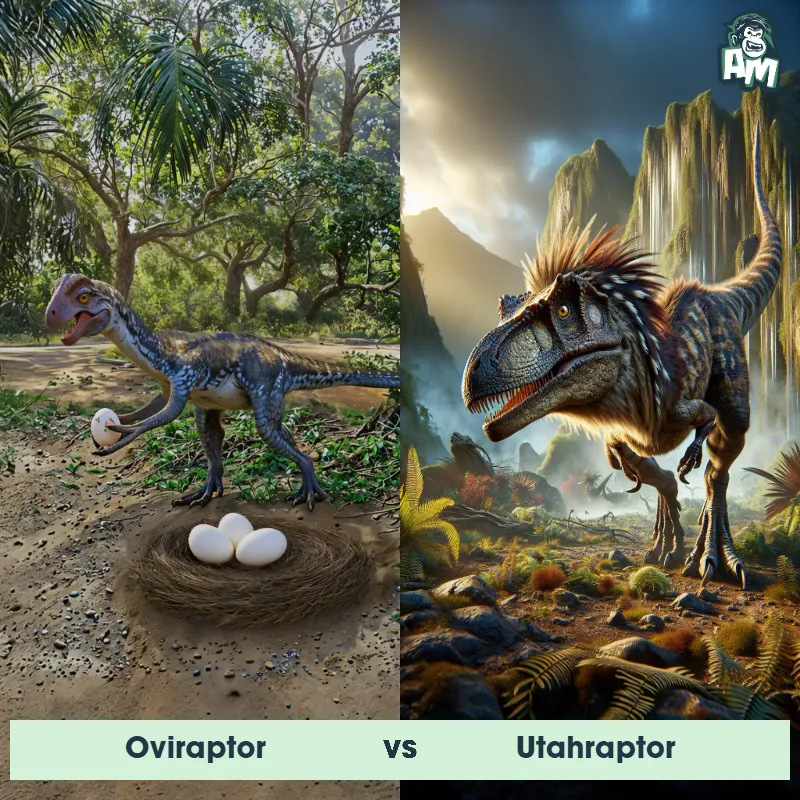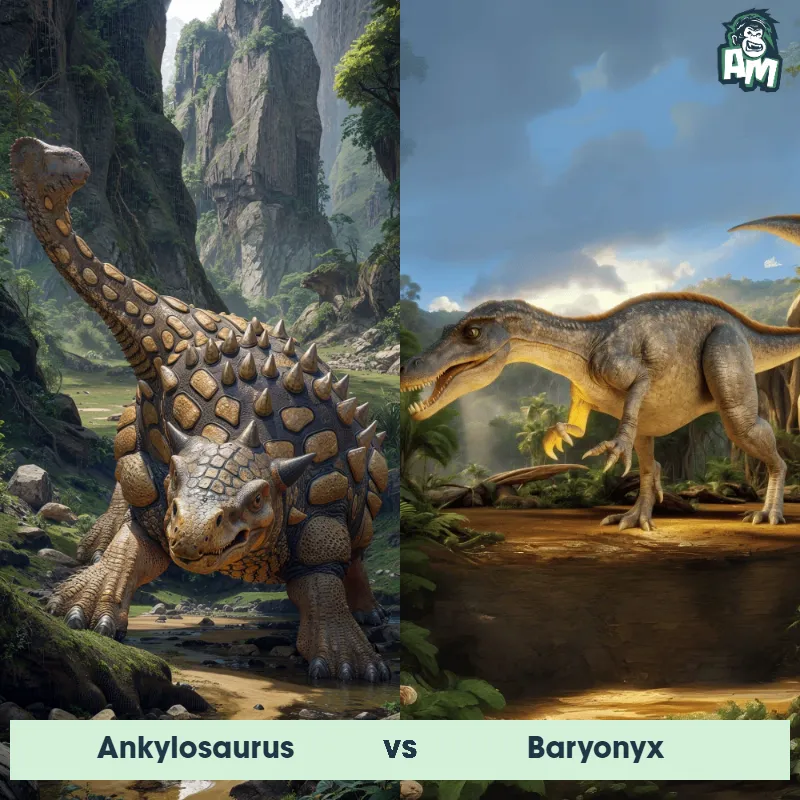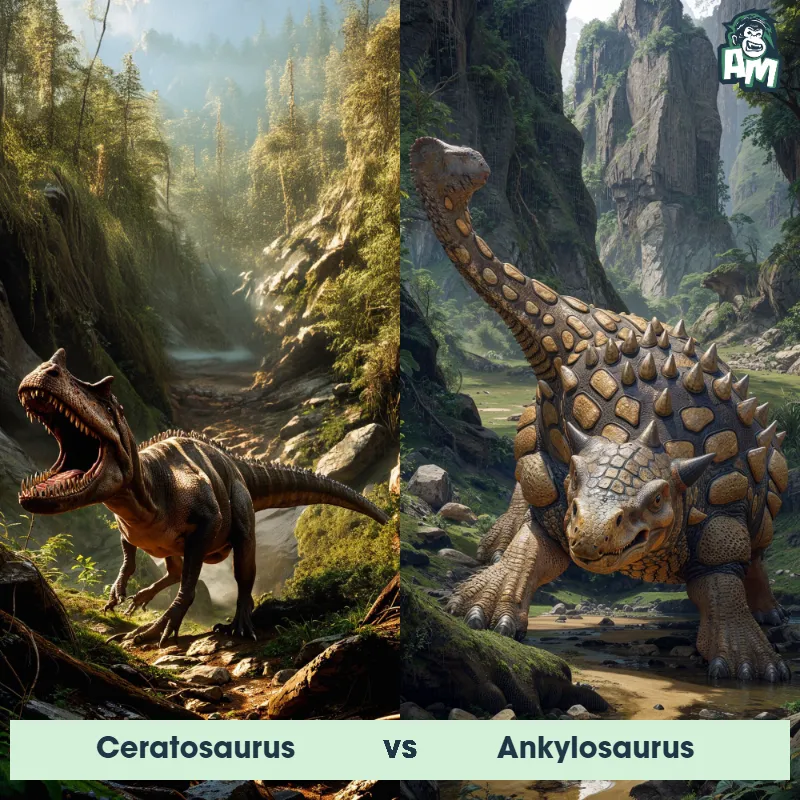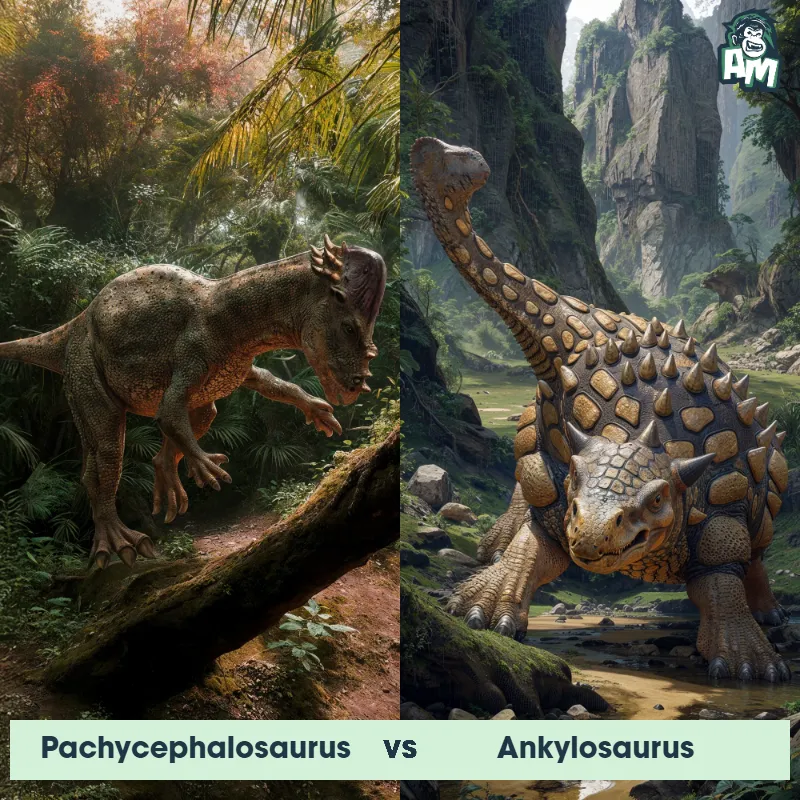Velociraptor vs AnkylosaurusSee Who Wins
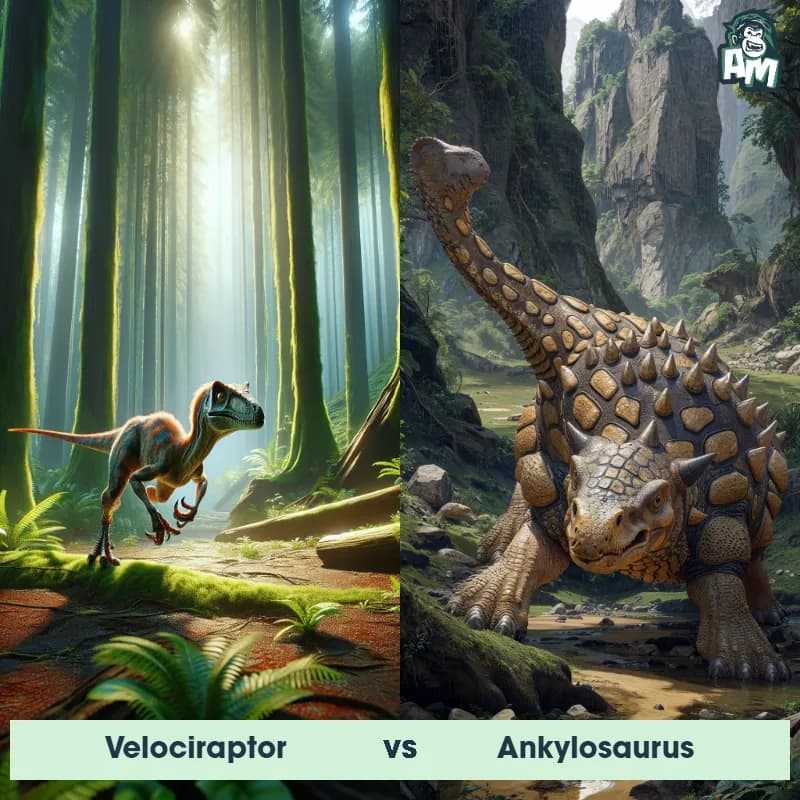
Velociraptor and Ankylosaurus enter the arena! The swift and cunning Velociraptor displays agility and sharp claws, ready for an attack. Opposite, Ankylosaurus, a powerhouse with a heavily armored body and a formidable tail club, stands ready to defend.
Contender 1: Velociraptor
The Velociraptor, known for its speed and agility, was a small, feathered dinosaur that lived during the Late Cretaceous period. It had a distinctive curved claw on each hind foot, which could have been used for hunting or climbing. Velociraptor had a long, slender body, a long tail for balance, and sharp teeth for tearing into its prey.
Fun Fact: Velociraptor is thought to have been an intelligent dinosaur, as studies have shown that its brain-to-body ratio was similar to that of modern birds.
Contender 2: Ankylosaurus
The Ankylosaurus was a heavily armored dinosaur that lived during the Late Cretaceous period. It was characterized by its large, bony plates that covered its body, providing protection from predators. Its most distinctive feature was a tail club made of solid bone, which it used for defensive purposes. Ankylosaurus had a squat body and low-slung posture, with four sturdy legs supporting its massive weight.
Fun Fact: Ankylosaurus had one of the thickest skulls amongst dinosaurs, measuring up to 8 inches in thickness, providing protection for its brain.
Matchup Stats
| Velociraptor | Ankylosaurus | |
|---|---|---|
| Size | 2 feet tall (60 cm) | 20 feet long (6 meters) |
| Weight | 33 pounds (15 kg) | 6,000 pounds (2,700 kilograms) |
| Speed | 40mph (64km/h) | 6-7 mph (10-11 km/h) |
| Key Strength | Agile and quick movements | Tail club for defensive purposes |
| Biggest Weakness | Small size compared to other dinosaurs | Slow movement due to massive size |
Current Votes
Velociraptor vs Ankylosaurus
See Who Wins
View More Matches
Looking For More?
Similar Matches
Scientific Stats
| Velociraptor | Ankylosaurus | |
|---|---|---|
| Scientific Name | Velociraptor mongoliensis | Ankylosaurus magniventris |
| Family | Dromaeosauridae | Ankylosauridae |
| Habitat | Land | Woodlands and open plains |
| Geography | Mongolia | North America |
| Diet | Carnivore | Herbivore - fed on low-lying vegetation |
| Lifespan | 8 years - 10 years | 70 years - 75 years |
Key Differences between Velociraptor and Ankylosaurus
- Size: Velociraptor stood at about 2 meters long, whereas Ankylosaurus reached up to 10 meters in length.
- Body Shape: Velociraptor had a slender, bipedal body with a long tail, while Ankylosaurus had a wide, squat, and heavily armored body with a broad tail.
- Tail: Velociraptor's tail was long and used for balance, while Ankylosaurus's tail ended in a massive, club-like structure for defense.
- Head: Velociraptor had a narrow, elongated skull with a row of sharp teeth, whereas Ankylosaurus possessed a flat, broad skull with a beak-like snout.
- Limbs: Velociraptor had long, agile legs with a large sickle-shaped claw on each hind foot, contrasting with Ankylosaurus's shorter, stouter legs designed for support.
- Armor: Velociraptor did not have body armor, but Ankylosaurus had thick, bony plates covering its back and sides.



